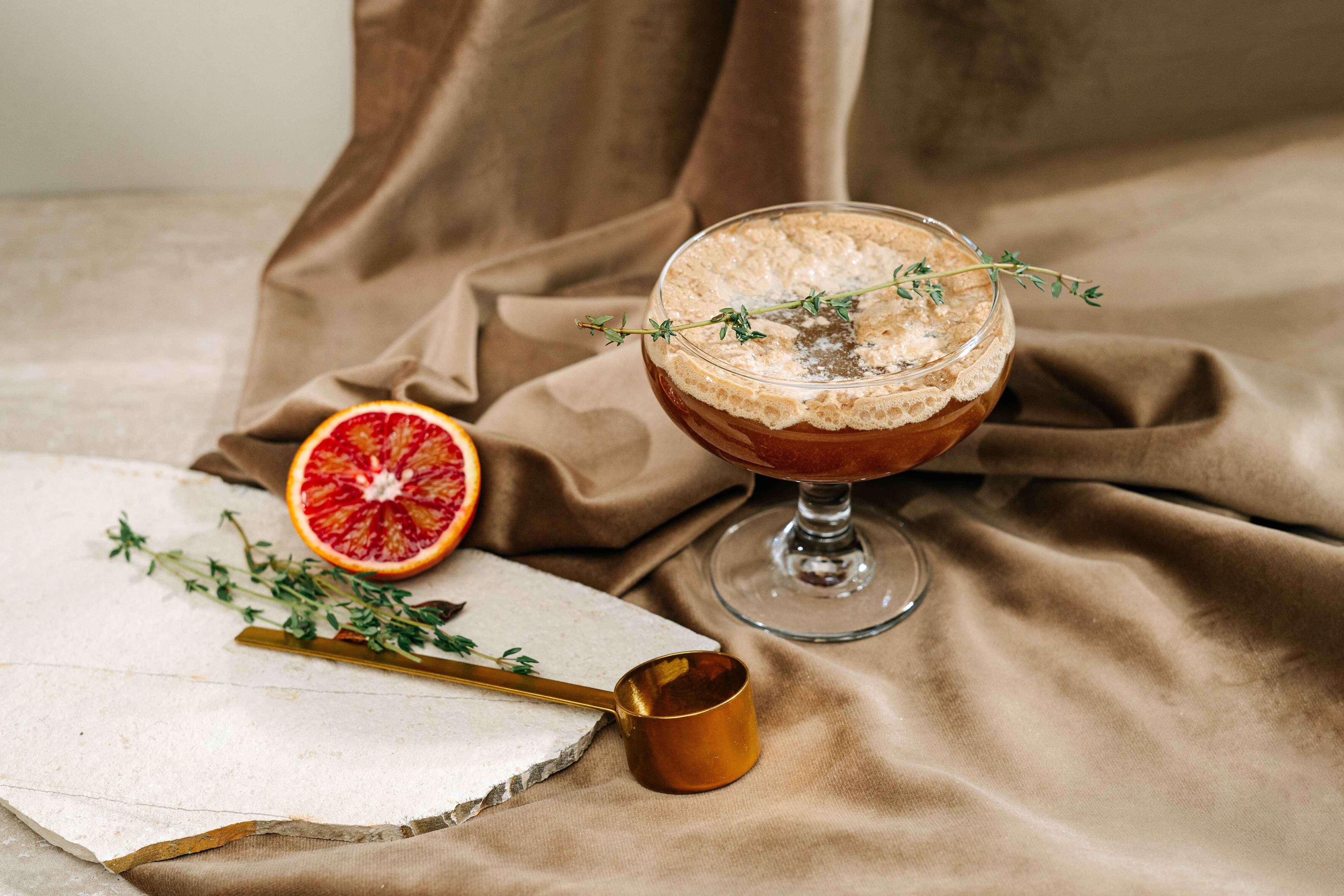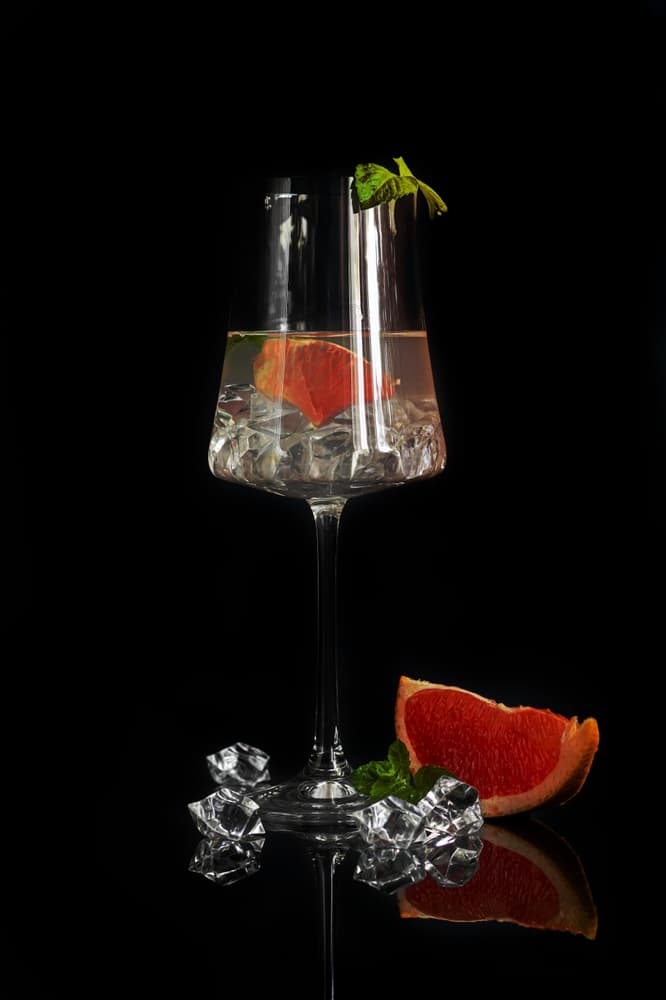5 Bartending Trends That Are Taking Mixology By Storm
Mixology, or the process of putting together cocktail and mocktail blends is an ever-evolving art form. Lots of knowledge about spirits, flavour balance and culinary techniques goes into crafting new and inventive recipes that eventually become popular numbers in a bartender’s roster.
As mixology evolves, so too bartenders borrow from these trends to incorporate multiple techniques and ingredients which are increasingly becoming popular among connoisseurs and mixologists alike.
A number of such blending hacks have sprung up over a period of time which have brought about shifts in the way mixology is approached. These methods are generally influenced by the changing food and drink patterns among patrons as well as other concerns such as regional diversity and environment which continue to inspire mixologists.
Inevitably, such motivations make-up many of the popular mixology techniques that are being adopted by contemporary bartenders across transnational borders.
Read on below to know more about some of the bartending trends and techniques that have taken the world of mixology by storm:
Low ABV Cocktails
One of the trends that is taking off among mixologists across cultures and drinking traditions is low ABV cocktails. These are drinks which have a lowered proportion of spirits to mixers and often focus more on bringing maximum taste and sophistication into cocktail blends.
Ingredients like kombucha and other non-alcoholic mixes like zero proof liqueurs make a prominent appearance in such blends. Aromatic, infused teas are used quite often in the creation of low ABV cocktails to bring in more complexity and earthiness into the mixes.

Sustainable And Zero Waste Drinks
Another trend that is being consciously followed by many bartenders so much so that it has now altered the perspective of looking at mixology is sustainable and zero waste drinks. These are alcoholic and non-alcoholic blends made with a consistent focus on minimising waste and making use of responsibly sourced ingredients.
What would earlier be deemed organic waste such as coffee grounds or vegetable scraps are now being turned into fruitful ingredients. There is also an increased focus on procuring hyper local and regional produce to create blends which carry a flavour note of the place in which they are concocted.

Culinary Cocktails
Among other factors, mixology trends are also influenced by different techniques used to blend drinks. Current bartending recipes point to an increased popularity in the use of culinary methods like sous-vide infusions and reductions for crafting inventive cocktails.
Kitchen techniques coupled with the use of savoury ingredients like mushrooms or sage in the making of cocktails and mocktails bring into mixology a lot more complexity.
The incorporation of such unusual ingredients in drink mixes also offer an interesting cocktail alternative to a connoisseur.
Smoked And Charred Cocktails
Another technique which is trending among bartenders is using charred ingredients in cocktails or smoking drinks before serving them for building aroma into blends. When sweet smelling wood chips are used for smoking, it adds into the depth of the cocktail or mocktail blend simultaneously making for a theatrical and dramatic presentation of simple recipes.
Lots of charred ingredients are added to cocktails in the form of smoked herbs or charred tropical fruits to infuse drinks with their distinct flavours.
Coffee Infused Cocktails
Going beyond the espresso martini cocktail, coffee is making a prominent appearance on the bartending scene. Freshly brewed good quality espresso as well as a finely made cold brew are part of the ingredient list of many bartenders who are experimenting with coffee and liqueur for curating recipes like coffee-infused negronis and low ABV cocktails containing sweet vermouth or sherry.
Coffee adds robust flavours to any alcoholic and non-alcoholic mix while also bringing in a fine aroma.
Moreover, it is a very versatile brew that can go well with multiple ingredients enabling the making of some truly inventive mixes.
Drink responsibly. This communication is for audiences above the age of 25.




